Advertisement
Managing a personal loan in the U.S. involves several key steps to ensure that you pay your debts in a timely and responsible manner. Here are some tips on how to manage a personal loan in the U.S.
Make payments on time. One of the most important things you can do to manage your personal loan is to make payments on time. Late payments can result in fees and penalties, and can negatively impact your credit score.
Create a budget. Creating a budget can help you prioritize your expenses and ensure that you have enough money each month to make your loan payments. When creating a budget, be sure to take your loan payments into account.
Pay more than the minimum. If possible, make more than the minimum required payment each month. This can help you pay off your loan faster and save on interest.
Consider automatic payments. Setting up automatic payments can help ensure that you don't miss a single payment. Just make sure you have enough money in your account to make the payment.
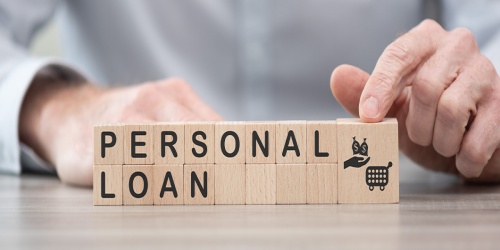
Keep track of your loan balance. Make sure you know how much you owe and how much interest you're paying. This can help you stay on top of your debt and make informed decisions about how to pay it off.
Avoid taking on too much debt. While personal loans can be a useful tool for managing expenses, it's important not to take on too much debt. Be conscious of your ability to repay your debt and only borrow what you need.
By following these tips, you can manage your personal loans effectively and repay them in a responsible and timely manner.
There are several common types of personal loans, including.
Unsecured personal loans. These loans do not require collateral and are based solely on the borrower's creditworthiness. They usually have higher interest rates than secured loans.
Secured personal loans. These loans require collateral, such as a car or home, and can be repossessed by the lender if the borrower defaults on the loan. They usually have lower interest rates than unsecured loans.
Debt consolidation loans. These loans are used to pay off multiple debts, such as credit card balances or medical bills, and are consolidated into one loan with a lower interest rate.
Co-signer loans. These loans require a creditworthy co-signer to guarantee the loan. If the borrower defaults on the loan, the co-signer is responsible for repaying the loan.
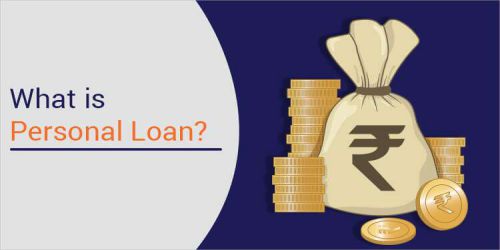
Payday loans. These short-term loans are usually used to cover emergency expenses and are repaid with the borrower's next paycheck. They usually have high interest rates and fees.
Installment loans. These loans are repaid in equal installments over a period of time and usually have a fixed interest rate.
Personal Line of Credit: These loans allow the borrower to obtain a revolving line of credit that can be borrowed as needed, with interest charged only on the amount borrowed.
It is important to carefully consider your financial situation and needs before deciding on a personal loan, as each type of loan has its own benefits and drawbacks.
Advertisement
Advertisement
- Previous article
- Navigating Real Estate Transactions: A Guide for Buyers and Sellers
- Next article
- What is Social Security and the Types of Social Security
Advertisement
OTHER NEWS

Do Credit Cards Give us Convenience?
BY Cindy

Exploring the World of Real Estate: A Comprehensive Guide!
BY Little Grapes

Who is the Primary Lender When Applying for a Home Loan? These Points are Important!
BY Little Grapes
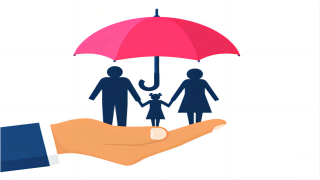
What is the Importance and Necessity of Insurance?
BY Anna

When a Couple Buys a House Together, who is Better to Choose as the Primary Lender for the Loan?
BY Little Grapes

Recently, Silicon Valley Bank Declared Bankruptcy! How Will This Affect the Financial World?
BY Wendy
RECENT NEWS
-

Demystifying Bitcoin
-

Securing and Maintaining High Limit Credit Cards: A Comprehensive Guide!
-

The investment value of men’s watches
-

Guarding Against Credit Card Fraud: What to Do If Your Identity Is Compromised?
-

Strategies for Success in the Watch Industry
-
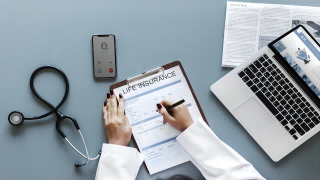
Understanding Survivorship Life Insurance: Planning for the Future Together!
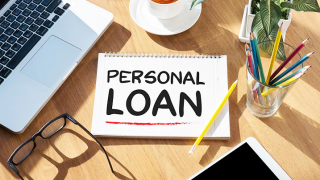
 1
1 0
0